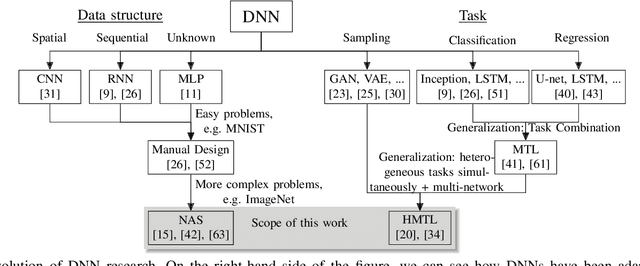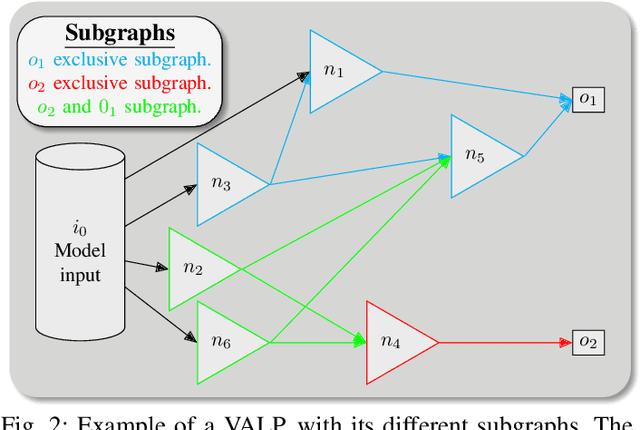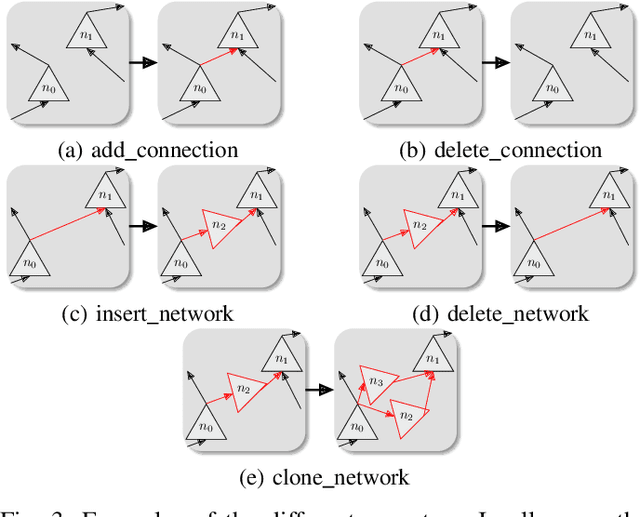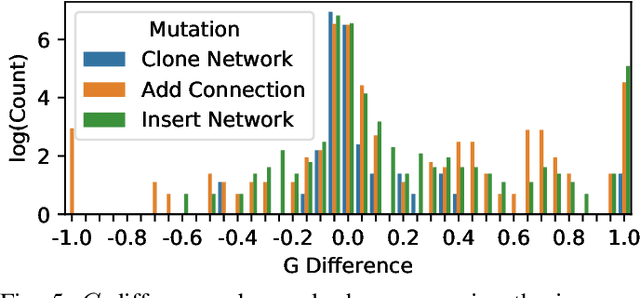Redefining Neural Architecture Search of Heterogeneous Multi-Network Models by Characterizing Variation Operators and Model Components
Paper and Code
Jun 16, 2021



With neural architecture search methods gaining ground on manually designed deep neural networks -even more rapidly as model sophistication escalates-, the research trend shifts towards arranging different and often increasingly complex neural architecture search spaces. In this conjuncture, delineating algorithms which can efficiently explore these search spaces can result in a significant improvement over currently used methods, which, in general, randomly select the structural variation operator, hoping for a performance gain. In this paper, we investigate the effect of different variation operators in a complex domain, that of multi-network heterogeneous neural models. These models have an extensive and complex search space of structures as they require multiple sub-networks within the general model in order to answer to different output types. From that investigation, we extract a set of general guidelines, whose application is not limited to that particular type of model, and are useful to determine the direction in which an architecture optimization method could find the largest improvement. To deduce the set of guidelines, we characterize both the variation operators, according to their effect on the complexity and performance of the model; and the models, relying on diverse metrics which estimate the quality of the different parts composing it.
 Add to Chrome
Add to Chrome Add to Firefox
Add to Firefox Add to Edge
Add to Edge